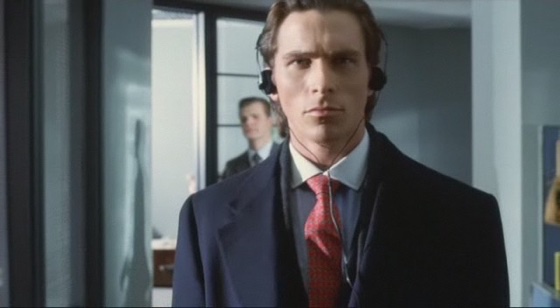
Adaptation Anxiety Comparing Bret Easton Elliss Novel to Its Film
Adaptation anxiety is a common concern among fans of literature when their favorite novels are translated onto the big screen. Bret Easton Ellis's "American Psycho" serves as a prominent example of this phenomenon, as it traverses the thin line between contentious themes and cinematic interpretation. The novel, known for its stark commentary on consumerism, nihilism, and moral detachment, presents challenges that filmmakers must grapple with in order to stay true to the source material while also engaging a broader audience.
Understanding the Controversy
The original novel, published in 1991, shocked readers with its gruesome depictions of violence and the stark critique of the 1980s yuppie culture. Patrick Bateman, the protagonist, is a quintessential Wall Street executive who becomes a serial killer yet remains charming and likable on the surface. The depth and complexity of Bateman's character make it difficult for filmmakers to capture his emotional and psychological struggles accurately. In the 2000 film adaptation directed by Mary Harron, the challenge lies not only in doing justice to Ellis's intricate prose but also in navigating the socio-political landscapes of the late 90s, when the film was made.
Cinematic Interpretation
The film adaptation approaches the source material with a unique lens. Harron focuses more on social commentary than the overt horror of the novel. By toning down some of the excessive violence and focusing on Bateman's internal conflicts, the film provides a different viewing experience compared to the novel. The screenplay offers a blend of dark comedy and psychological depth, pulling audiences into Bateman's world while critiquing the very society that produces such individuals. The result is a film that stands on its own, sparking both admiration and disdain among fans of the novel, illustrating the classic case of adaptation anxiety.
The Role of American Psycho Merch
Interestingly, "American Psycho" has transcended both novel and film to become a cultural phenomenon, with merchandise that reflects its iconic status. From stylish t-shirts featuring famous quotes to collectibles that represent Patrick Bateman's character, "American Psycho Merch" has taken on a life of its own. This merchandise often highlights the film's satirical approach to consumerism, further complicating the themes presented in both the novel and the adaptation. While it signifies a form of fandom and appreciation of the story, it also raises questions about the commercialization of violent content. Can fans truly separate the character's gruesome actions from the quirky allure of the merchandise that portrays him? This duality represents a fascinating aspect of adaptation anxiety, as it demonstrates the ongoing negotiation between art, commerce, and audience interpretation.
Conclusion: Bridging the Gap
Ultimately, both the novel "American Psycho" by Bret Easton Ellis and its film adaptation provide a gateway into understanding the complex psychological landscapes of their characters and society. While adaptation anxiety may always shadow the transfer from page to screen, it can also spark essential dialogues among viewers and readers alike. Each interpretation offers unique insights and critiques, challenging audiences to reflect on the societal structures that shape their understanding of morality, identity, and consumption. In navigating this tension, both the novel and the film reinforce the timeless notion that art, in all its forms, can provoke thoughtful discourse on the human condition.









